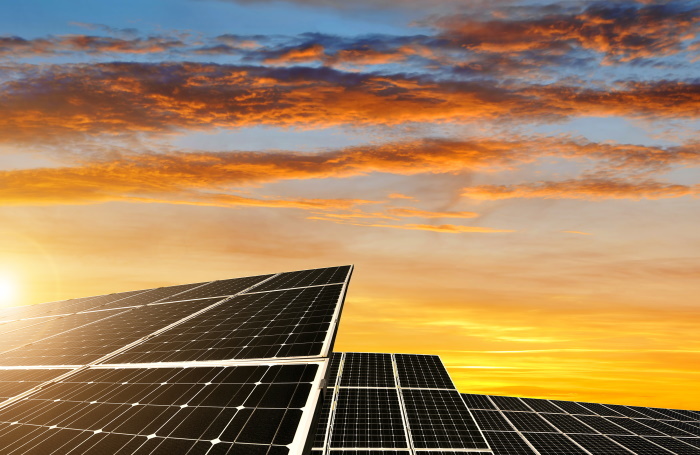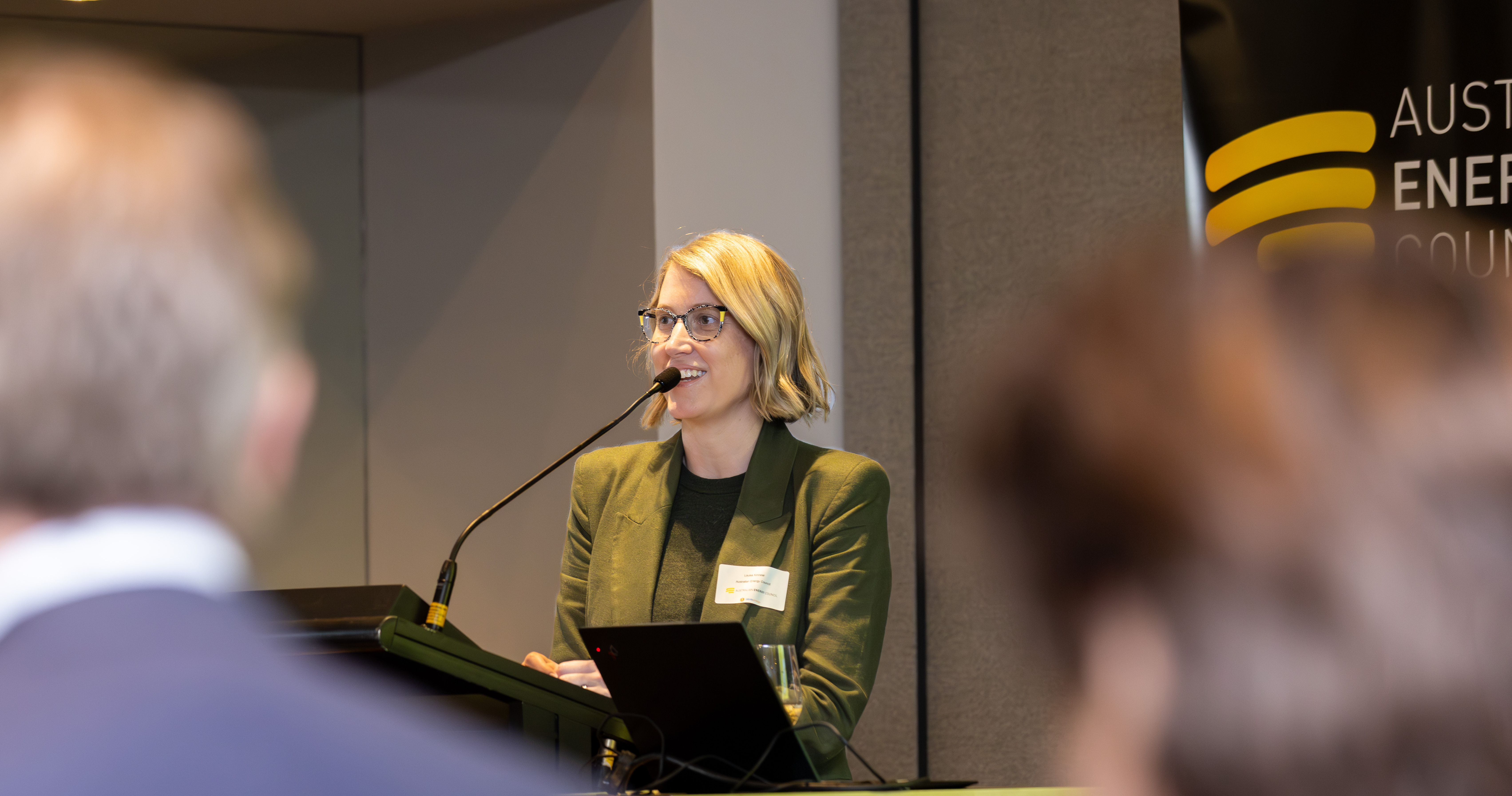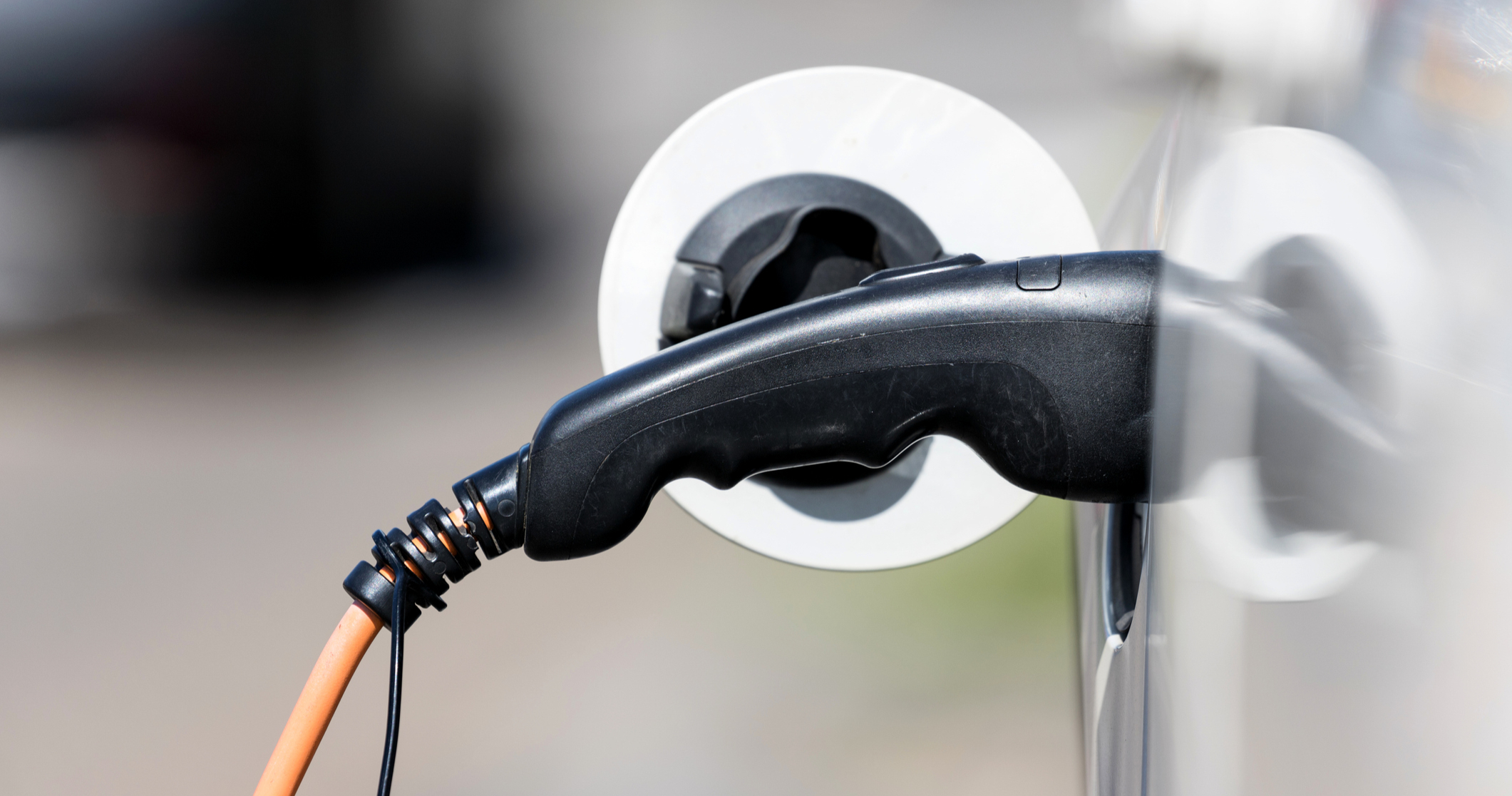Statement of Strategic Intent
The Australian Energy Council is the peak industry body for electricity and downstream natural gas businesses operating in the competitive wholesale and retail energy markets. AEC members generate and sell energy to 10 million homes and businesses and are major investors in renewable energy generation. The AEC supports reaching net-zero by 2050 as well as a 55 per cent emissions reduction target by 2035 and is committed to delivering the energy transition for the benefit of consumers.

Latest Analysis

Getting it right: How to make the “Solar Sharer” work for everyone
On paper, the government’s proposed "Solar Sharer Offer" (SSO) sounds like the kind of policy win that everyone should cheer for. The pitch is delightful: Australia has too much solar power in the middle of the day; the grid is literally overflowing with sunshine: let’s give households free energy during 11am and 2pm. But as the economist Milton Friedman famously warned, "There is no such thing as a free lunch." Here is a no-nonsense guide to making the SSO work.

Delivering Australia’s Energy Transition Affordably
This week the Australian Energy Council (AEC) launched its first ever CEO Survey - Delivering Australia’s Energy Transition Affordably - which has provided insights and perspectives from those involved in delivering the transition in Australia. The survey was formerly launched at the first of the AEC’s Connects networking events, which was held in Melbourne this week. Below are the remarks from the AEC’s Chief Executive Officer, Louisa Kinnear, about the survey, the task ahead and key areas of focus for the Council.

Energy Affordability: Will Solar Sharer reduce energy costs?
Energy affordability has been a hot topic for the last few months. Whilst the first term of the Albanese Government could be characterised as being focused on shifting the narrative on renewables development, it seems likely that its second term will need to consider how to deal with affordability, for both households and businesses. So what is the likely direction of travel for energy prices in the medium term, and is there anything industry and consumers can do to minimise the impacts? And can measures like the announced Solar Sharer help?

Powering the EV transition: Why Victoria’s Inquiry matters
Victoria has taken an important step toward Australia’s clean transport future. The Victorian Parliament’s Economy and Infrastructure Committee Inquiry into how to better align electric vehicles (EVs) with electricity supply and demand could be one of the most thorough examinations yet of the opportunities and challenges in EV integration. For the Australian Energy Council (AEC), this inquiry represents exactly the kind of structured, evidence-based policymaking needed to align rapid EV uptake with our decarbonising electricity system. The Inquiry asks the right questions; about timing, infrastructure, the consumer experience and market design. And it comes at a time when Victoria has the chance to show national leadership in linking transport and energy policy. We take a closer look at Victoria's unique position in the energy future.
Australian Energy Council members have access to a range of industry benefits and services.
Latest News

Affordability Key to Successful Energy Transition: Report
Affordability is the key to ensuring public confidence and ongoing community support for the energy transition, which is now delicately balanced, according to the Chief Executive Officers of Australia's major energy companies.
Latest Reports

Delivering Australia’s Energy Transition Affordably 
Affordability is the key to ensuring public confidence and ongoing community support for the energy transition, which is now delicately balanced, according to the Chief Executive Officers of Australia’s major energy companies. A survey of the CEOs - Delivering Australia’s energy transition affordably – highlights the challenges in meeting the country’s energy and emission ambitions.

Powering Ahead Progressing the SWIS Transition 
The energy transition is afoot Australian as governments commit to reducing emissions from the electricity sector by transitioning away from legacy coal generation towards a mix of renewable energy, storage and peaking generation. Maintaining electricity system reliability, security and affordability through this transition requires proactive long-term planning to ensure enabling infrastructure is developed when and where needed. This report considers the West Australian transition and the risks from any delays.

AEC Emissions Reporting Guide 
The AEC and the University of Adelaide have released an Emissions Reporting Guide to help the electricity sector prepare for AASB S2, aiming to standardise Scope 3 reporting, ensure accuracy, minimise double counting, and evolve with corporate climate disclosures.

AEC Scenario Analysis Practice Guide 
To support AASB S2 readiness, the AEC and the University of Adelaide have developed a Scenario Analysis Practice Guide for the electricity sector, providing a framework to assess climate risks and opportunities, build analysis, test assumptions, and understand limitations.
Latest Submissions
-
Submissions I PDF
Supplementary Submission on the Proposed Solar Sharer Offer (SSO)

-
Submissions I PDF
Consultation on the Proposed Solar Sharer Offer (SSO)

-
Submissions I PDF
Calculating the Cumulative Price - Consultation Paper

-
Submissions I PDF
Mandating cash acceptance

Send an email with your question or comment, and include your name and a short message and we'll get back to you shortly.






But I must explain to you how all this mistaken idea of denouncing pleasure and praising pain was born and I will give you a complete account. #Exercitation #IIamc
But I must explain to you how all this mistaken idea of denouncing pleasure and praising pain was born and I will give you a complete account of the system, and expound the actual teachings of the great explorer. #Exercitation #IIamc
But I must explain to you how all this mistaken idea of denouncing pleasure and praising pain was born and I will give you a complete account. #Exercitation #IIamc
But I must explain to you how all this mistaken idea of denouncing pleasure and praising pain was born and I will give you a complete account of the system, and expound the actual teachings of the great explorer. #Exercitation #IIamc
But I must explain to you how all this mistaken idea of denouncing pleasure and praising pain was born and I will give you a complete account. #Exercitation #IIamc